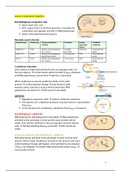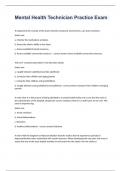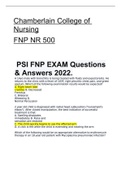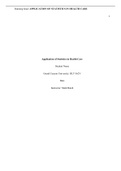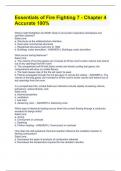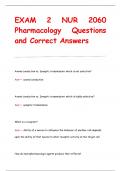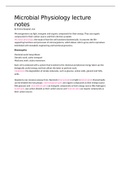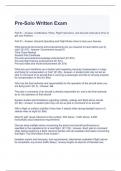Samenvatting
Course 5/term 2: Molecular and biochemical techniques summary
- Vak
- Instelling
This summary consists of 26 pages. It is a summary of the techniques lectures given in the 2nd term of the 2nd year. The summary contains clear figures and assignments (with answers) given in class
[Meer zien]
